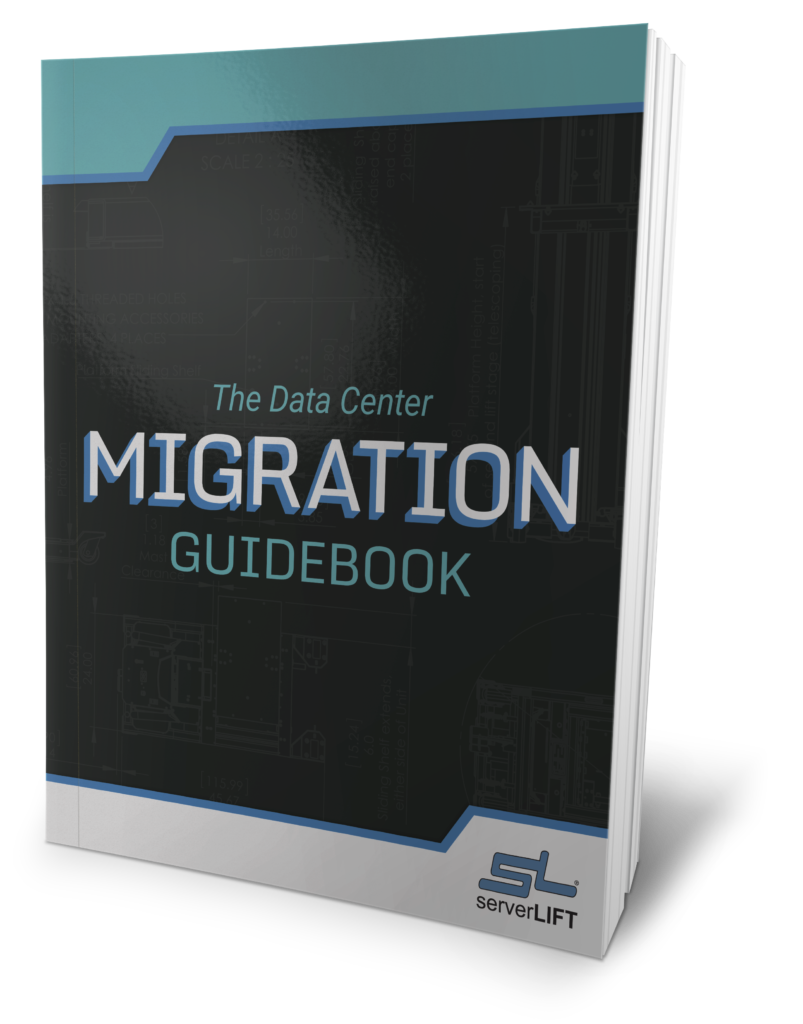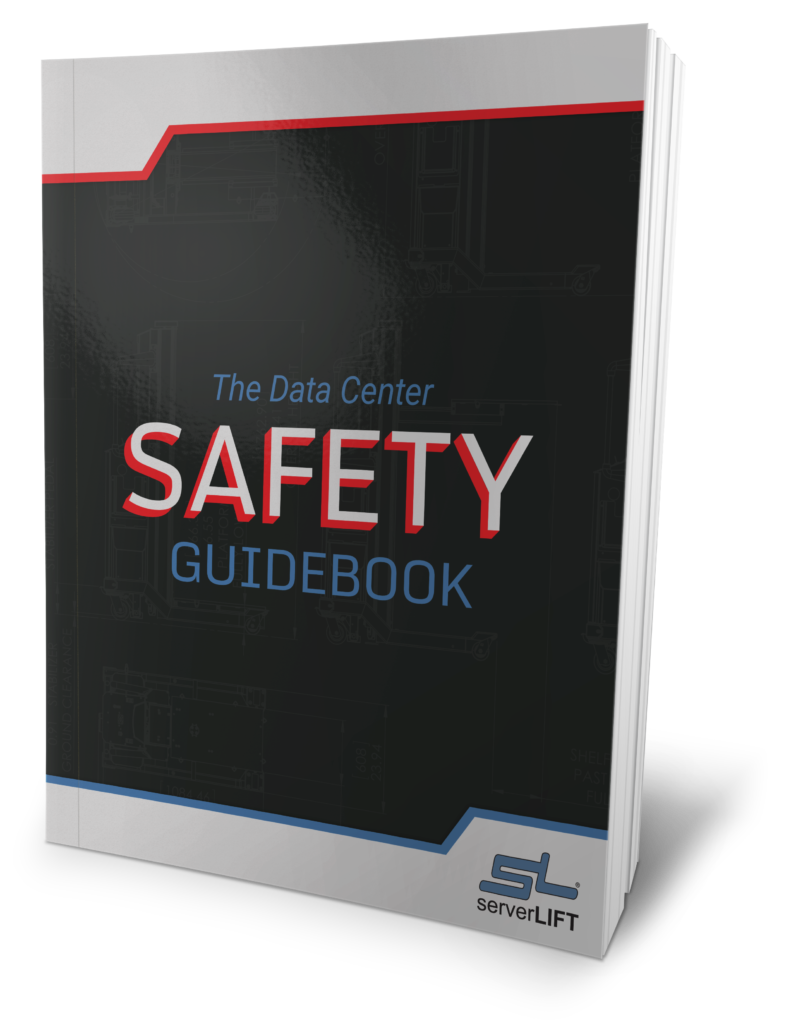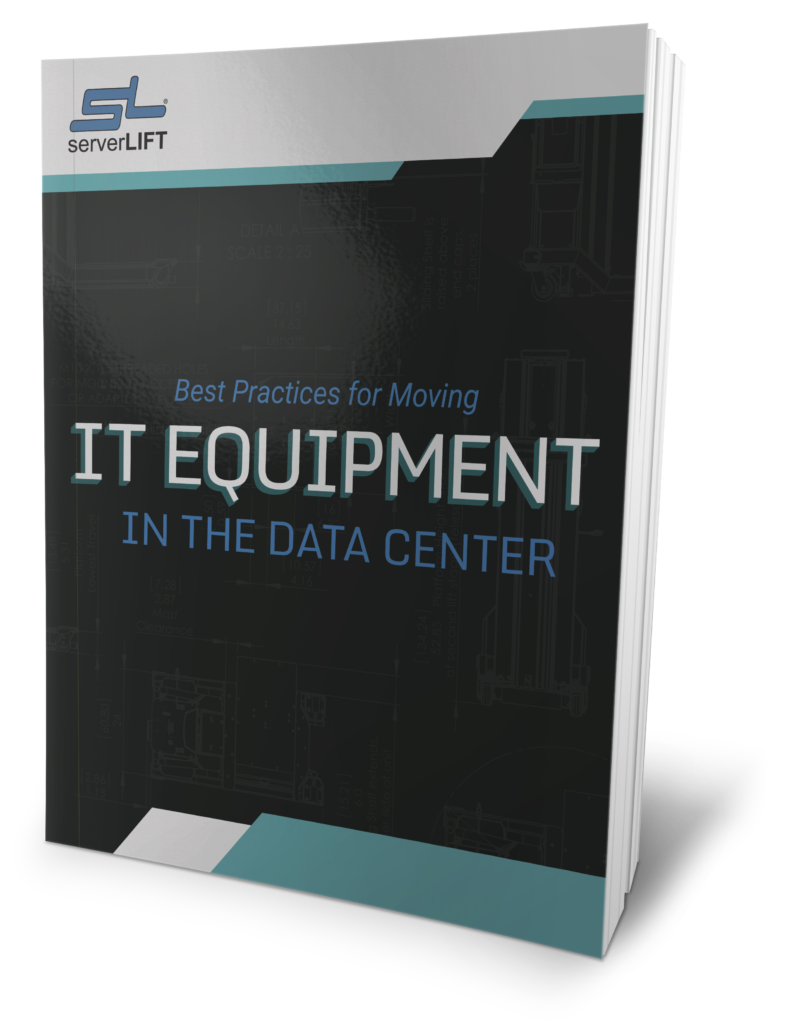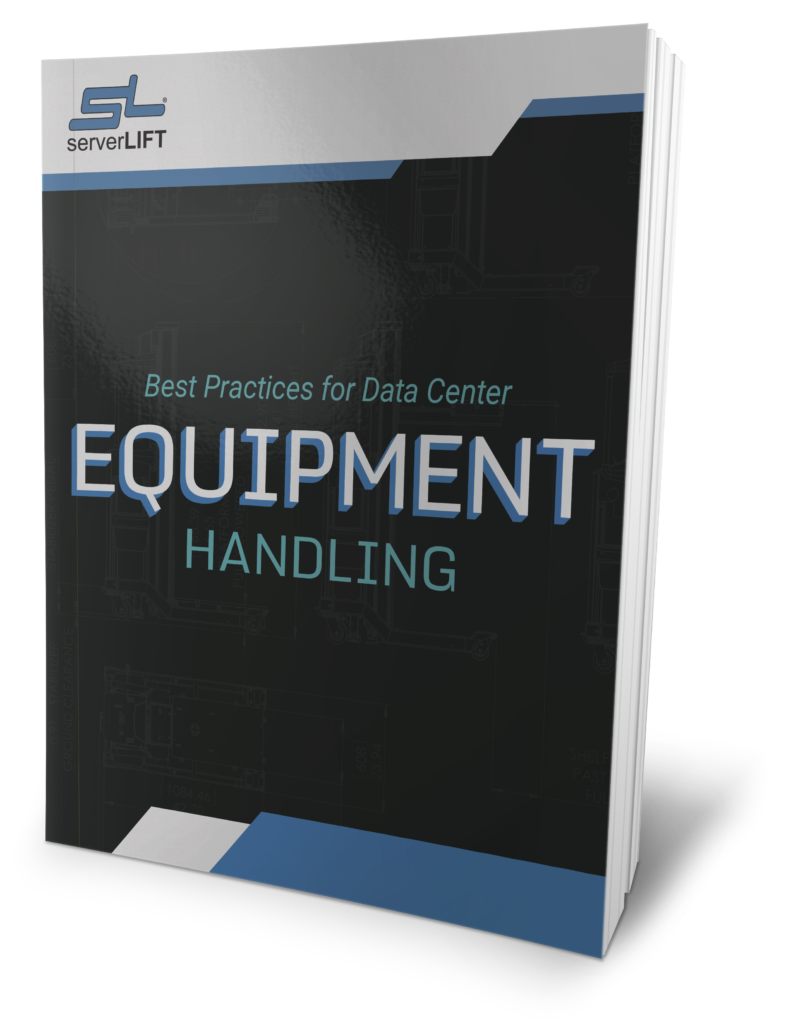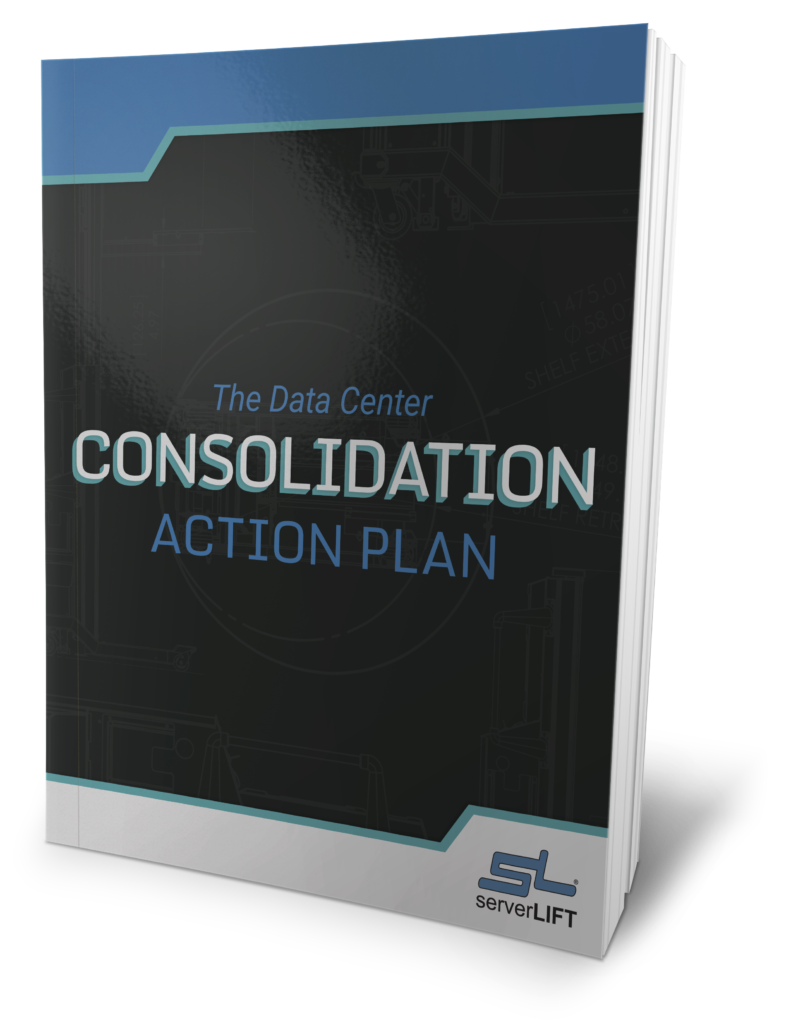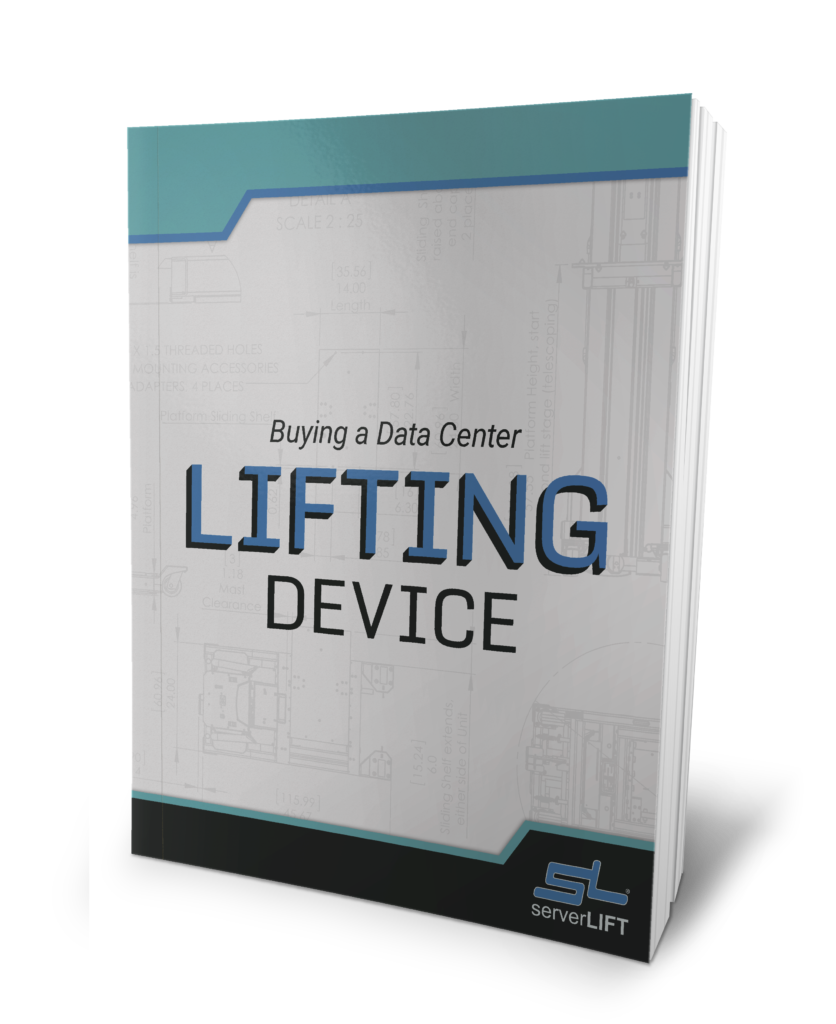Server Hardware and Networking Equipment
Physical network security covers server hardware and network infrastructure equipment, and the mission critical data that is stored and transmitted in these devices. The devices and their data are subject to various threats such as intrusion, theft, disaster, damage and loss, and a set of data center best practices is needed to keep everything running smoothly.
Data center administrators should consider the following best practices when physically securing and protecting their network and server hardware in the data center:
Protecting Your Server Hardware
1) Secure Physical Access. Gaining physical access to a server provides direct access to hard drives and sensitive data. Server access should be limited to a small group of authorized administrators. This allows a company to track changes to the physical server environment and ensure service availability on the network.
2) Monitor Access & Activity. Log, correlate and manage security and audit event information. Aggregate and standardize security event information to provide a consolidated view of security.
3) Surveillance. Surveillance cameras should monitor the perimeter of the building, at all entrances and exits, and at every access point throughout the data center. Video monitoring can also snap pictures of the individuals entering a server room or approaching a server. This is useful in the event of downtime, theft of property, and the event of damage to property.
4) 24×7 Backup Power. Data center systems should be functioning at all times, complete with uninterrupted power supply (UPS) to ensure continuous operation in case of disaster or unexpected power loss.
5) Cooling. The introduction of blade servers created a situation where there is more concentrated heat in enclosed area. HVAC are recommended to account for future expansion to make sure systems do not overheat. The data center cooling systems should be designed to maintain cooling of the data center between 70–74 degrees F, with relative humidity between 45%–50%.
6) Fire detection and suppression. A comprehensive fire detection and suppression system is a major priority to ensure that devices and data are protected. Review local ordinances to determine appropriate options for fire suppression.
7) Safely Handle Equipment. Servers are expensive and store mission critical data. So it is important to use the right tools to mitigate the risk of damage and use. The safest and most effective method of handling server hardware is to use a specialized lift such as the ServerLIFT® SL-500X Powered Lift.






